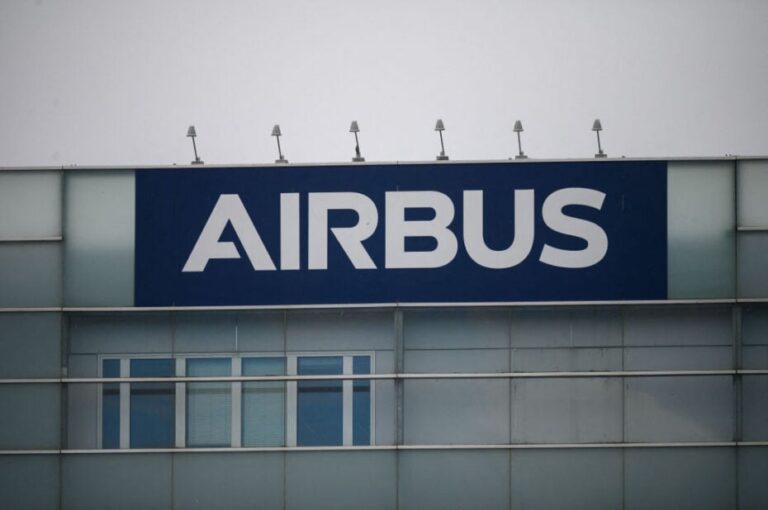Airbus has unveiled its Global Market Forecast 2025 for the region, spotlighting the Middle East as one of the fastest-growing aviation markets over the next two decades. According to the forecast, the region’s in-service fleet is set to surge from 1,480 aircraft in 2024 to 3,700 by 2044, underscoring a dramatic expansion driven by rising travel demand, economic strength and the region’s strategic geographic position.
Airbus projects the Middle East will require 4,080 new passenger aircraft deliveries over the next 20 years. This will comprise 2,380 single-aisle jets and 1,700 widebody aircraft, the WAM report noted.
Read more-<a href="https://gulfbusiness.com/airbus-a320-surpasses-boeing-737-as-most-delivered-jetliner/” target=”_blank” rel=”noopener”>Airbus A320 surpasses Boeing 737 as most-delivered jetliner
Widebody aircraft will account for 42 per cent of total demand, the highest share globally and more than double the world average of 20 per cent. This positions the Middle East as the leading driver of global wide body growth, supported by its strategic location as the geographic centre of gravity for worldwide air traffic continues to move eastwards.
Passenger traffic in the region is expected to grow at a compound annual rate of 4.4 per cent, buoyed by robust economic development, expanding tourism flows and rising trade activity. Over the same period, the regional population is projected to increase by 240 million, further amplifying the need for air travel.
“The Middle East is transforming global aviation, and the forecast fleet expansion is truly significant, particularly when it comes to wide bodies. This region is becoming the long-haul hub now and into the future. Airbus is proud to be partnering closely with customers in the region, delivering the most efficient, latest-generation aircraft, end-to-end support, and sustainable solutions,” said Gabriel Semelas, president of Airbus in Africa and Middle East region.
As aviation networks and traffic continue to expand, Airbus forecasts the need for more than 265,000 people to be employed in the sector over the next two decades. This includes 69,000 new pilots, nearly 64,000 new technicians and 132,000 cabin crew.
The regional commercial aviation services market is valued at about $30bn over the next 20 years.
Growth is expected primarily in maintaining aircraft availability, training, flight operations and Air Traffic Management solutions, as well as cabin upgrades and connectivity services.


